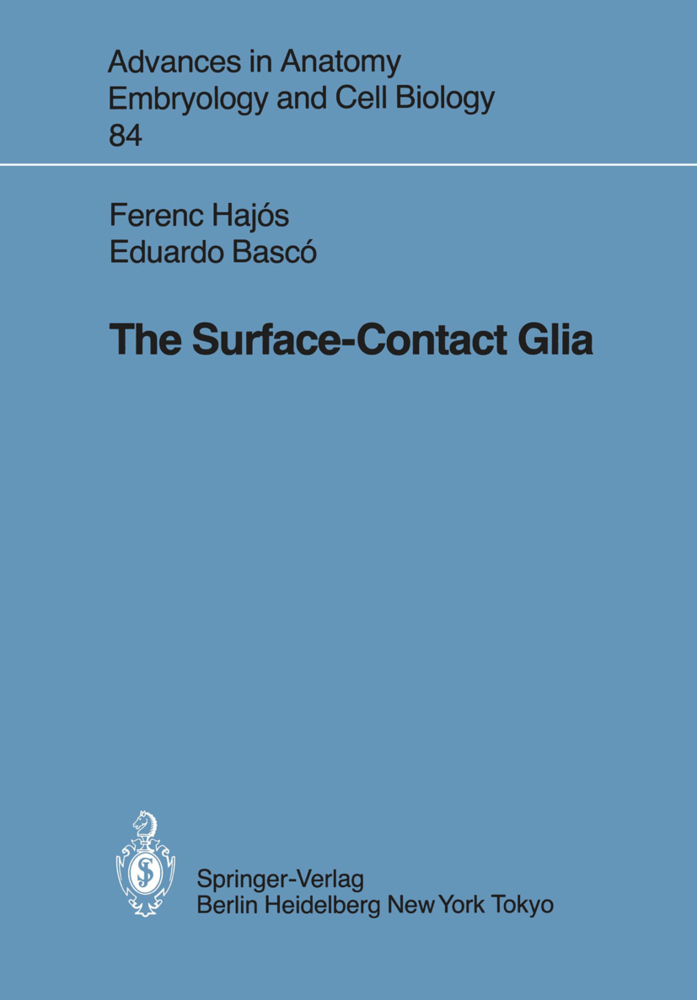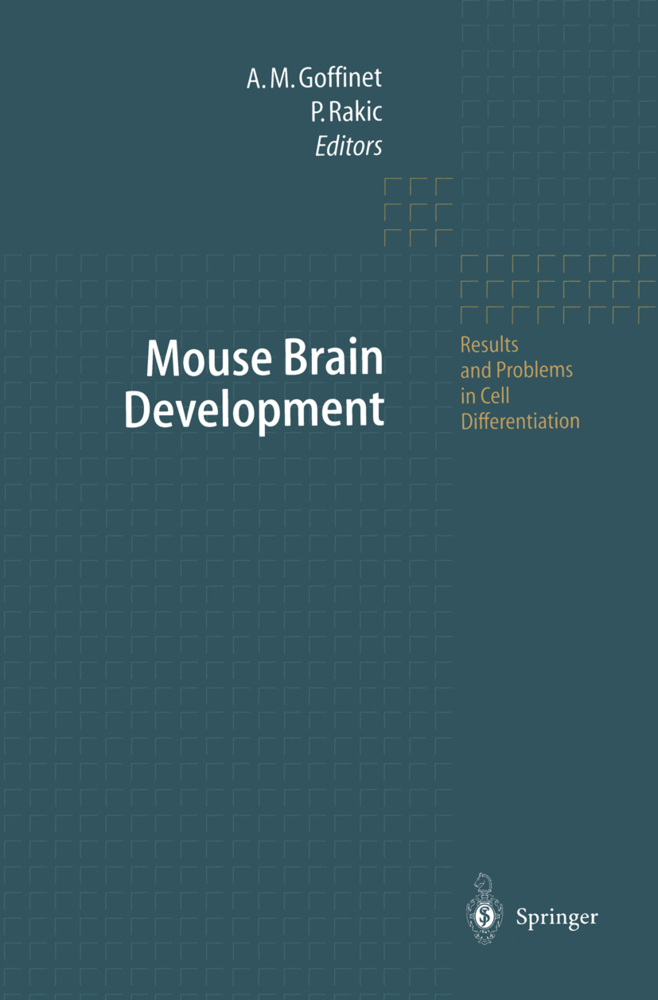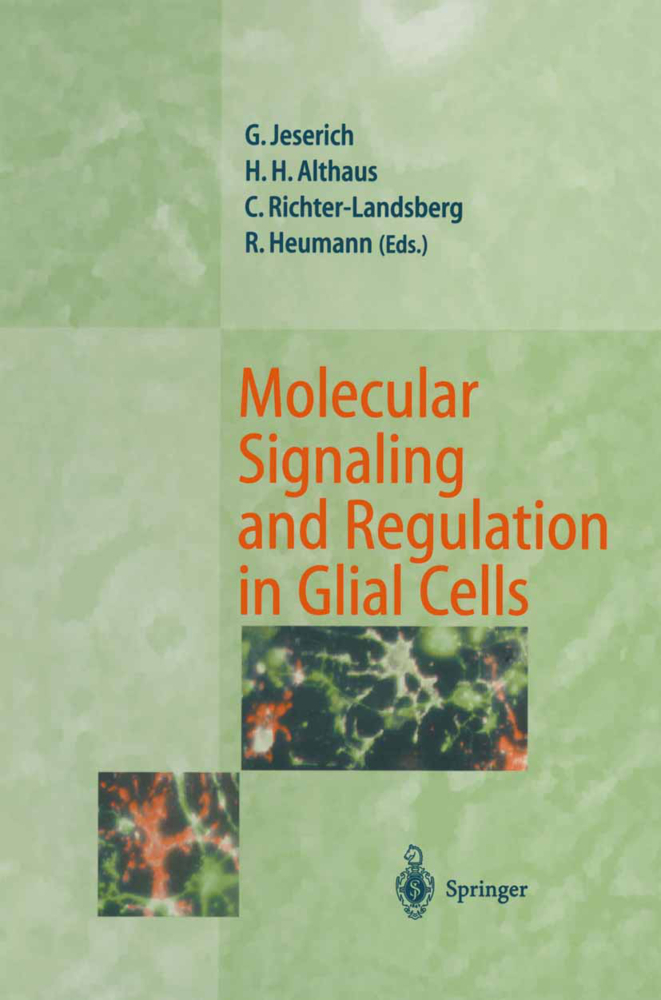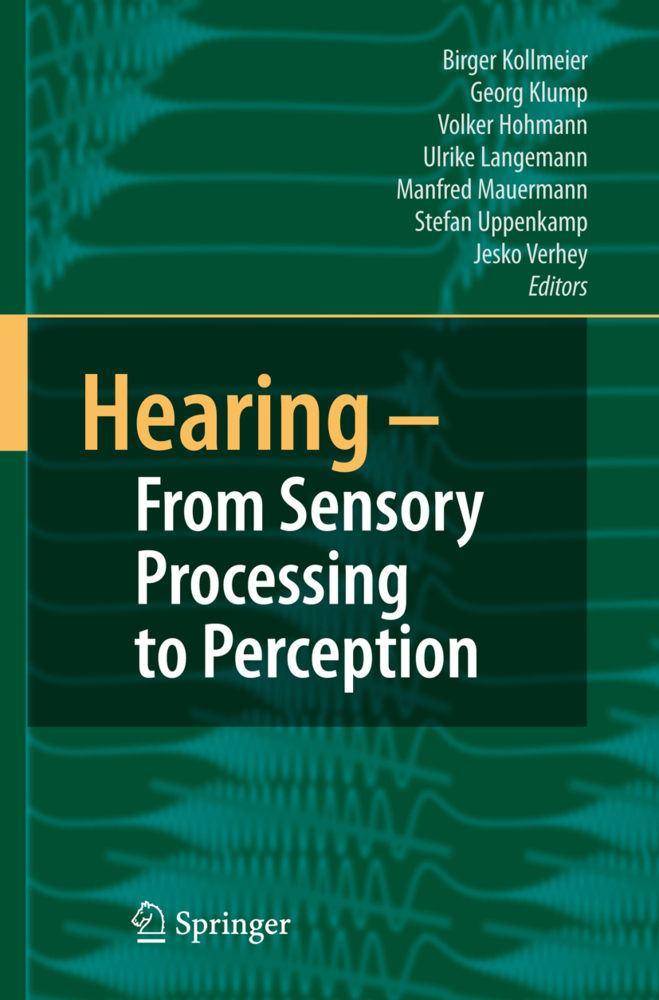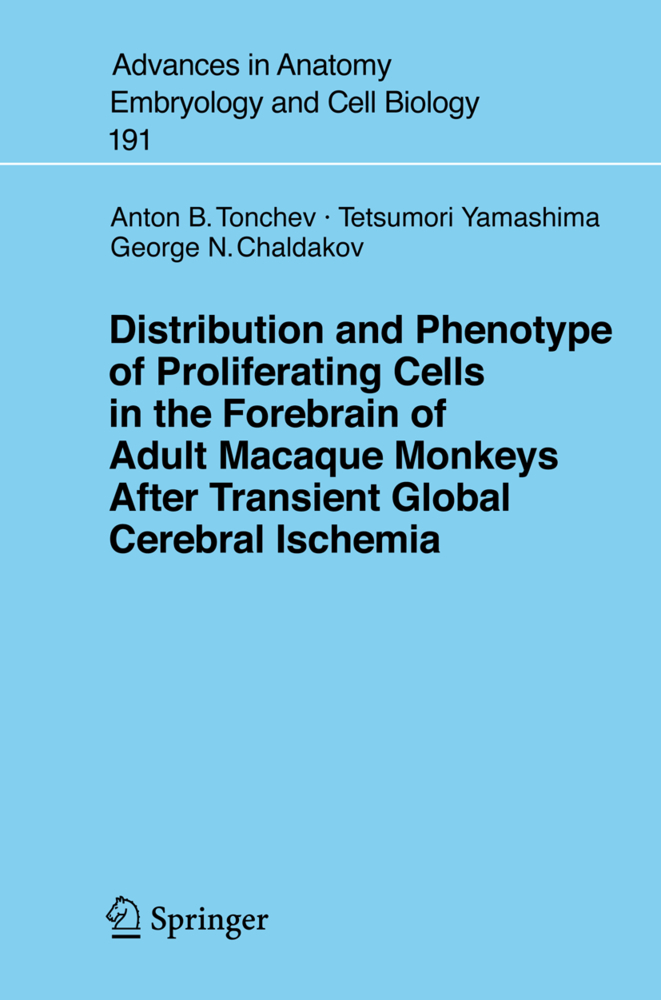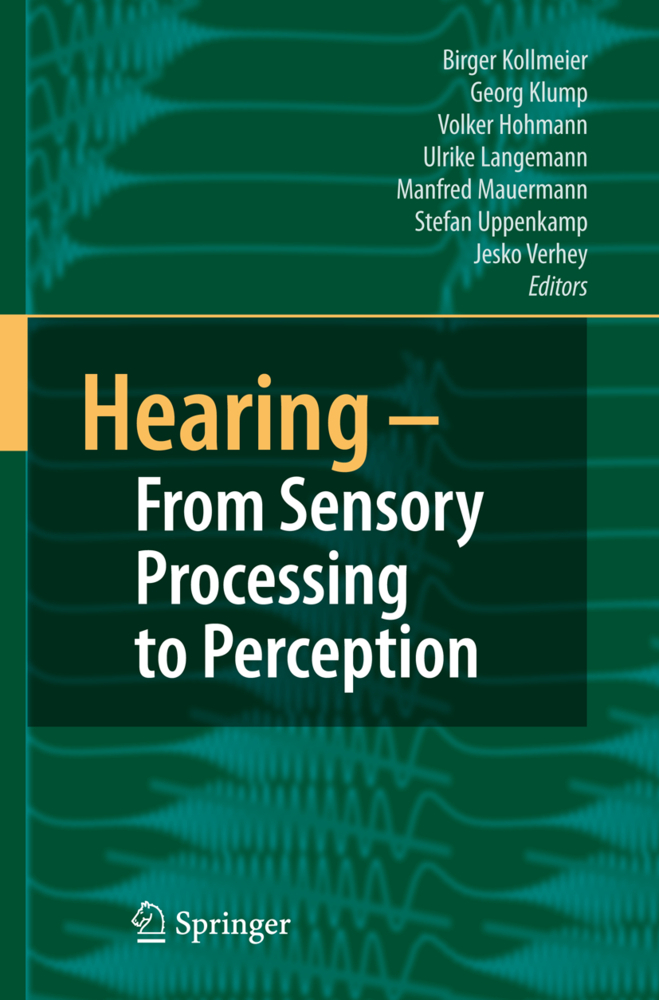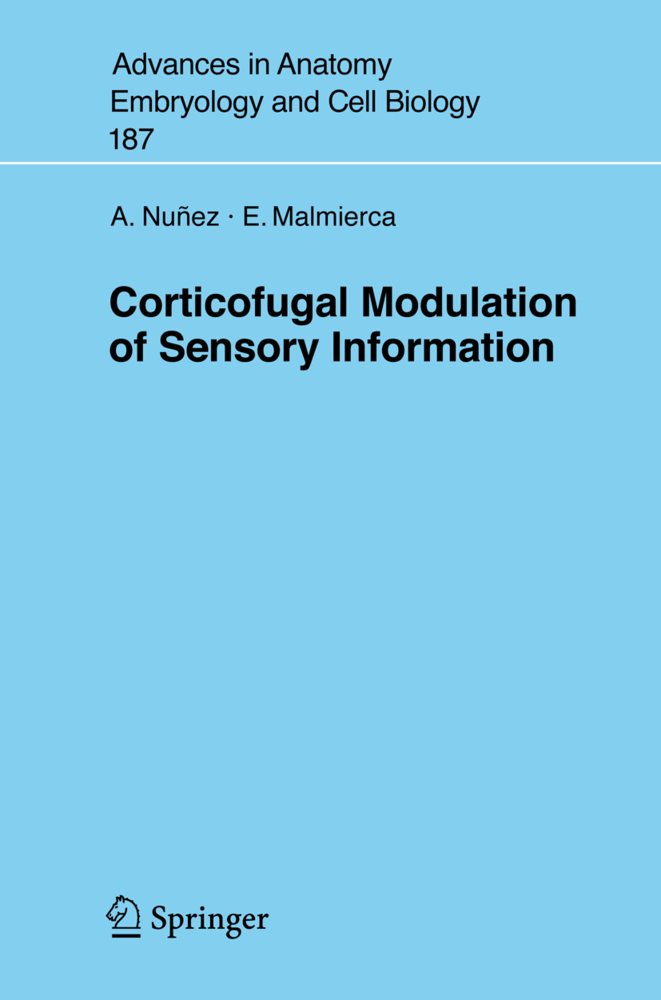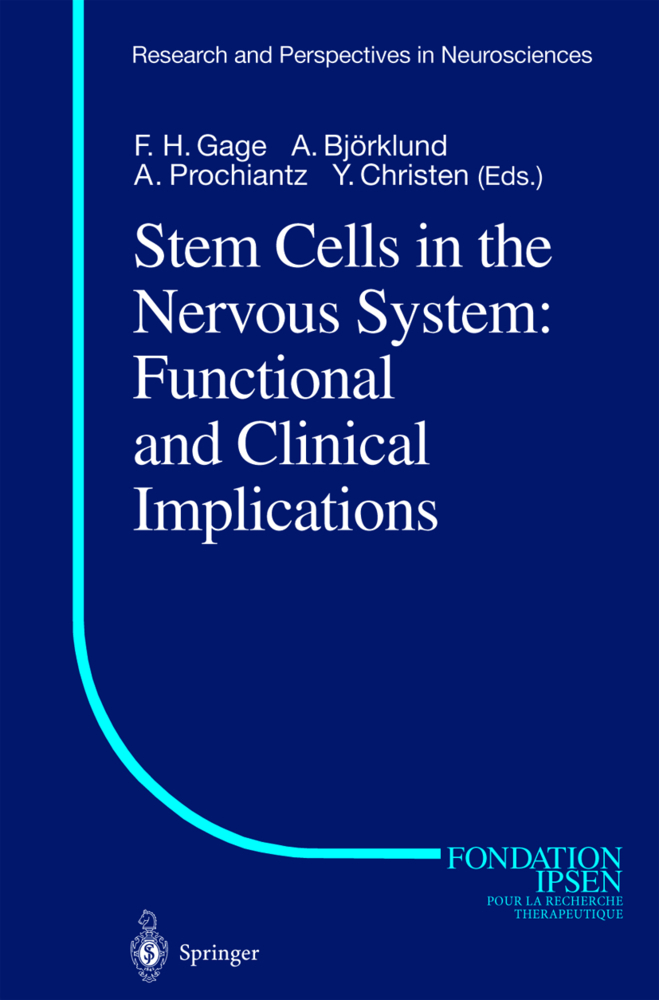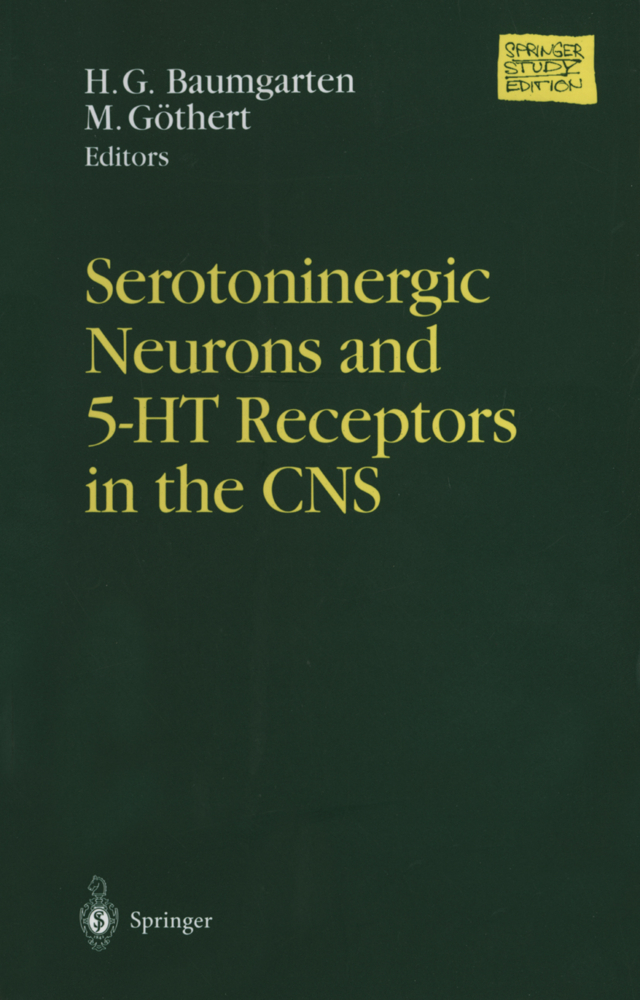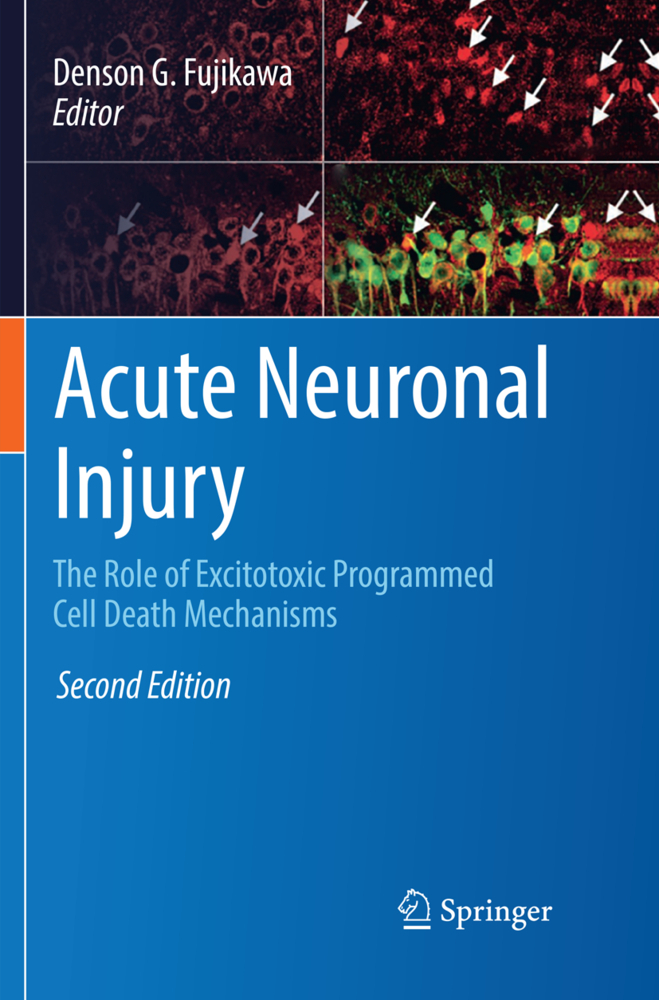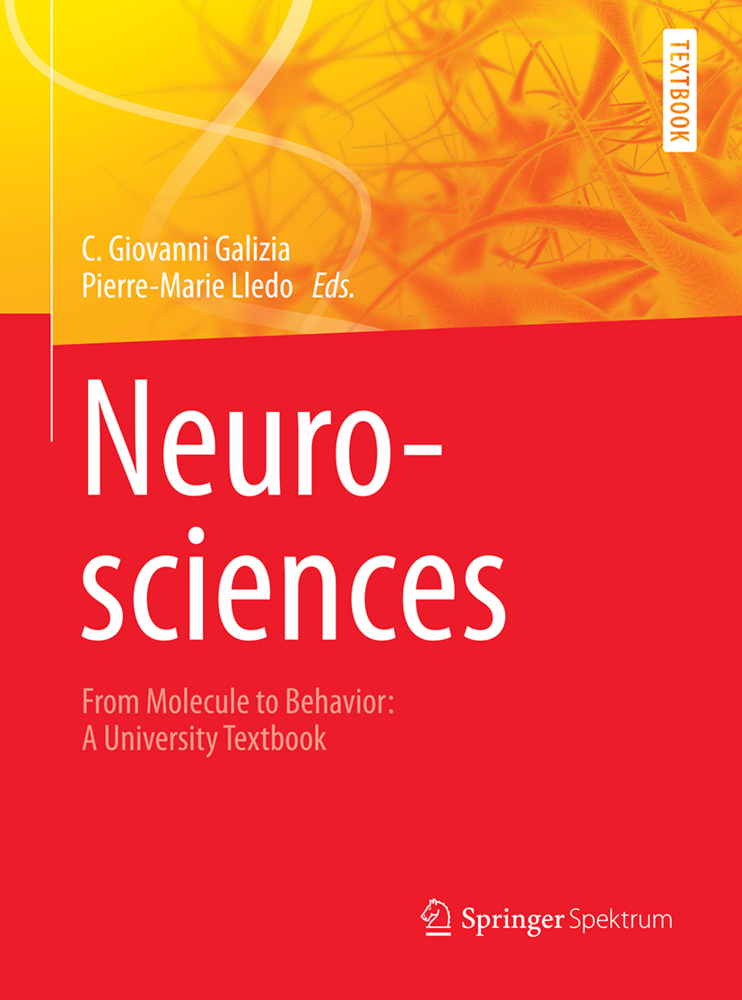The Surface-Contact Glia
The Surface-Contact Glia
1. 1 Brief History The diversity of cells constituting the central nervous system did not deceive last century neurohistologists in recognizing that this organ contained essentially two cell types: the nerve cells, or as termed according to the emerging concept of neural contiguity, the neurons, and the neuroglial cells. Neurons were clearly shown to be the means of excitability, impulse generation, impulse transmission, and connectivity in the neural tissue. The neuroglia, as indicated by its name (YAloc=cement or glue) given by Virchow (1860), was thought to be the cement ing material ensuring the coherence of the nervous tissue, filling in the spaces of the neuropil, and isolating neuronal cell bodies. While this supposedly passive role did not attract multidisciplinary research on the neuroglia, successful efforts were made to extend our knowledge of the physiology, morphology, and bio chemistry of neurons. As a result of this, the investigation of the neuroglia carried out in the first half of this century was mainly confined to morphology, often as a by-product of comprehensive analyses of neuronal systems. At any rate, the histological classification of the neuroglia was accomplished, laying a framework which has been used to the present day. Accordingly, the glia was divided into two major groups: the macro- and microglia. The former comprises two further subclasses, the astroglia and oligodendroglia.
1.2 Development of the Glia: Current Views and Problems
2 Materials and Methods
3 Postnatal Cell Proliferation at Nongerminal Sites of the Brain
3.1 Introductory Remarks
3.2 Mitotic Activity at Nongerminal Sites of the Immature Cerebellar Cortex
3.3 Mitotic Activity at Nongerminal Sites of the Immature Forebrain: Time Course and Regional Distribution
3.4 Comments
3.5 Light and Electron Microscopic Description of [3H] Thymidine-Labeled Cells at Nongerminal Sites of the Postnatal Brain
3.6 Comments
4 Radial Glia in the Pre- and Postnatal Brain
4.1 Introductory Remarks
4.2 GFAP Immunocytochemistry of the Developing Forebrain
4.3 Silver Impregnation of the Forebrain Radial Glia
4.4 Comments
5 Demonstration of Proliferative Capacity of the GFAP-Immunoreaetive Radial Glia
5.1 Introductory Remarks
5.2 [3H]Thymidine Uptake into the GFAP-Immunopositive Radial Glia
5.3 Comments
6 Transport of Material by Glial Processes
6.1 Introductory Remarks
6.2 Transport of HRP by the Forebrain Radial Glia and Cerebellar Bergmanu Glia
6.3 Comments
7 Discussion
7.1 Proliferating Cells at Nongerminal Sites in the Early Postnatal Period
7.2 Persistence of the Radial Glia
7.3 Does Postnatal Glial Proliferation Involve Dormant Stem Cells or the Differentiated Glia?
7.4 Derivatives of and Mechanism of Derivation from the Radial Glia
7.5 Common Properties of Radial Glial Derivatives
8 Concept of the Surface-Contact Glia
9 Current Approaches to the Glia and Some Perspectives
10 Summary
11 References
12 Subject Index.
1 General Introduction
1.1 Brief History1.2 Development of the Glia: Current Views and Problems
2 Materials and Methods
3 Postnatal Cell Proliferation at Nongerminal Sites of the Brain
3.1 Introductory Remarks
3.2 Mitotic Activity at Nongerminal Sites of the Immature Cerebellar Cortex
3.3 Mitotic Activity at Nongerminal Sites of the Immature Forebrain: Time Course and Regional Distribution
3.4 Comments
3.5 Light and Electron Microscopic Description of [3H] Thymidine-Labeled Cells at Nongerminal Sites of the Postnatal Brain
3.6 Comments
4 Radial Glia in the Pre- and Postnatal Brain
4.1 Introductory Remarks
4.2 GFAP Immunocytochemistry of the Developing Forebrain
4.3 Silver Impregnation of the Forebrain Radial Glia
4.4 Comments
5 Demonstration of Proliferative Capacity of the GFAP-Immunoreaetive Radial Glia
5.1 Introductory Remarks
5.2 [3H]Thymidine Uptake into the GFAP-Immunopositive Radial Glia
5.3 Comments
6 Transport of Material by Glial Processes
6.1 Introductory Remarks
6.2 Transport of HRP by the Forebrain Radial Glia and Cerebellar Bergmanu Glia
6.3 Comments
7 Discussion
7.1 Proliferating Cells at Nongerminal Sites in the Early Postnatal Period
7.2 Persistence of the Radial Glia
7.3 Does Postnatal Glial Proliferation Involve Dormant Stem Cells or the Differentiated Glia?
7.4 Derivatives of and Mechanism of Derivation from the Radial Glia
7.5 Common Properties of Radial Glial Derivatives
8 Concept of the Surface-Contact Glia
9 Current Approaches to the Glia and Some Perspectives
10 Summary
11 References
12 Subject Index.
| ISBN | 978-3-540-13243-1 |
|---|---|
| Artikelnummer | 9783540132431 |
| Medientyp | Buch |
| Copyrightjahr | 1984 |
| Verlag | Springer, Berlin |
| Umfang | VI, 84 Seiten |
| Abbildungen | VI, 84 p. 18 illus. |
| Sprache | Englisch |

